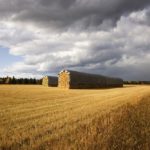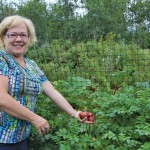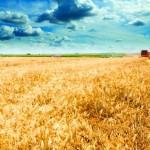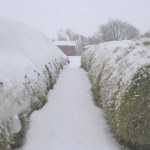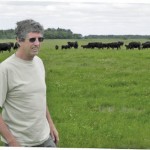CNS Canada — Many cattle producers looking for local feed this winter might have a difficult time, according to a Saskatchewan provincial forage specialist. However, producers further north in the grey and black soil zones, and those in Alberta producing high-quality feed for export, saw near-record hay production. Terry Kowalchuk of Saskatchewan Agriculture in Regina



